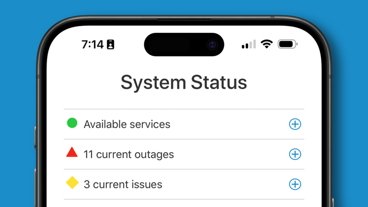New Apple TV sports custom, single-core A5 processor
Although Wednesday's Apple TV refresh played second fiddle to "the new iPad" announcement, the diminutive set-top media streamer packs an easily overlooked spec that gives some perspective as to how Apple plans to win the war for the living room.
On the revamped Apple TV webpage a tech spec shows that a never-before-seen custom A5 processor is the silicon powering the device, though not much is known about the chip as it isn't mentioned anywhere else.
What is interesting about this particular A5 is that, unlike versions found in the iPhone 4S and iPad 2, it is a single core unit which may mean that the company has redesigned the chip specifically for the Apple TV.
It is unclear whether Apple will choose to use the chip in future products rather than using either the current dual-core A5 or new A5X.
The single-core A5 listed among the new Apple TV's tech specs. | Source: Apple
The original dual-core 1GHz A5 was introduced in March 2011 with the second generation iPad, and eventually found itself in the iPhone 4S — albeit at a lower clock rate due to power constraints.
Designed by the Cupertino, Calif., company and manufactured by Samsung, the processor is a package-on-package (PoP) system-on-chip (SoC) which stacks a dual-core ARM Cortex-9 CPU, dual-core PowerVR GPU and memory along with other computing assets into a small package. In addition to the base operating features, the A5 in the iPhone 4S includes noise canceling technology that is used by Apple's Siri assistant.
One of the main draws of building custom SoCs is that they can be architected for particular functions like media streaming, thus reducing the cost of paying for extraneous components or package assets.
The ability to tool and manufacture custom silicon gives Apple a leg up on competing companies that use off-the-shelf components, and allows the iPad maker to be agile in a constantly changing market. Not beholden to the technology of OEMs like Intel, Apple can build products around its unique SoCs and bring devices to market that are application specific.
Apple continues its use of the A-series with the newly introduced A5X, which will make its way into the third generation iPad and adds a quad-core GPU to the existing dual-core CPU.
 Mikey Campbell
Mikey Campbell
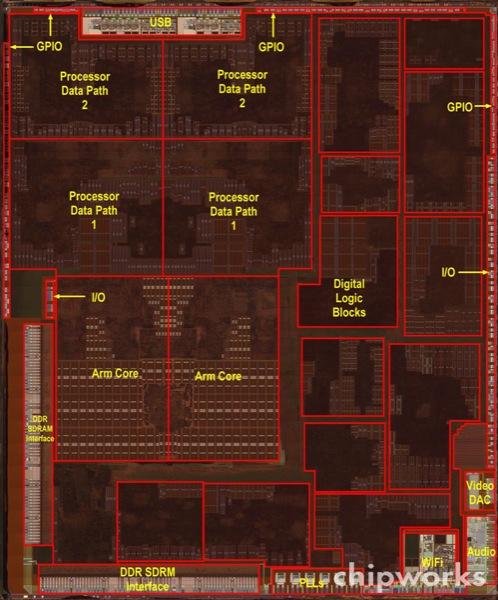




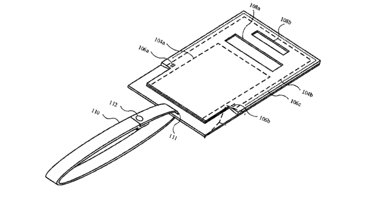






 Wesley Hilliard
Wesley Hilliard
 Malcolm Owen
Malcolm Owen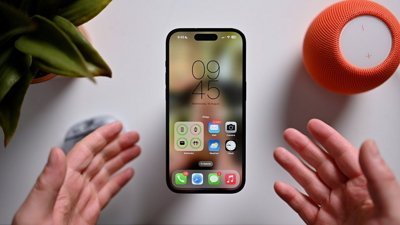
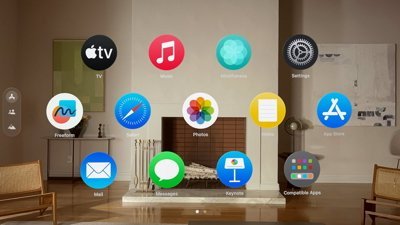

 William Gallagher
William Gallagher

 Christine McKee
Christine McKee
 David Schloss
David Schloss

